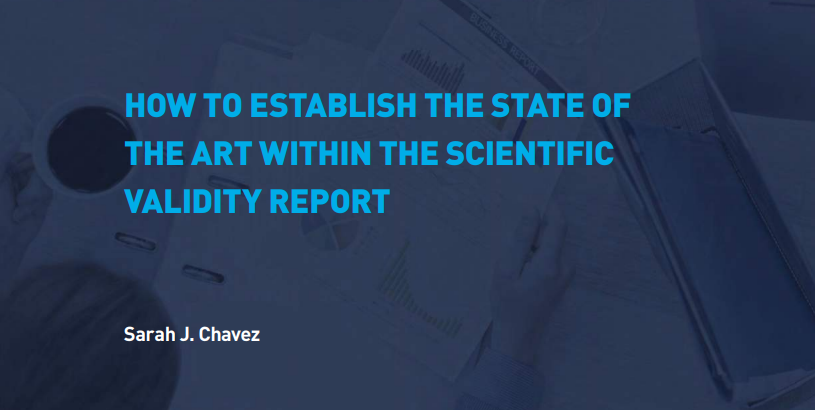The pressing circumstances created by the ongoing COVID-19 pandemic has resulted in the commission not only accepting compliance delays for some IVDs, but also longer transitional provisions than expected.
The European Commission has proposed a “progressive” roll-out of the new IVDR to prevent disruption in the supply of IVDs.
While the IVDR will fully apply on 26 May 2022, as expected, there will be a tiered system allowing many products a grace period before they have to be fully compliant with the regulation.
Under certain circumstances, as cited below, Class D higher risk IVDs, such as HIV or hepatitis tests, would have a transition period of three years, until May 2025, while class C IVDs, such as certain influenza tests, would not have to be compliant until May 2026, according to a proposal issued on 14 October. Lower risk IVDs, meanwhile, such as class B and A sterile devices, would not have to be fully compliant until five years later than the current deadline of May 2027.



